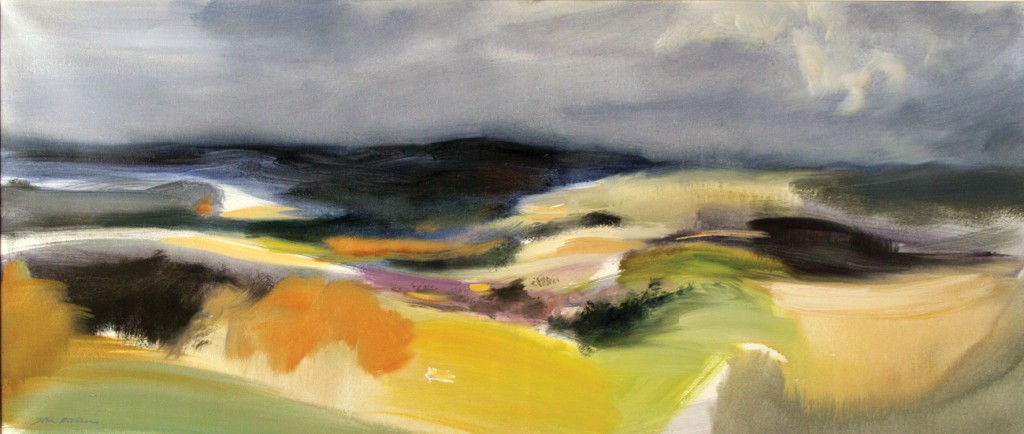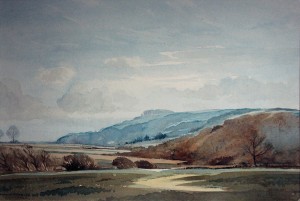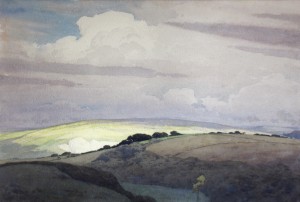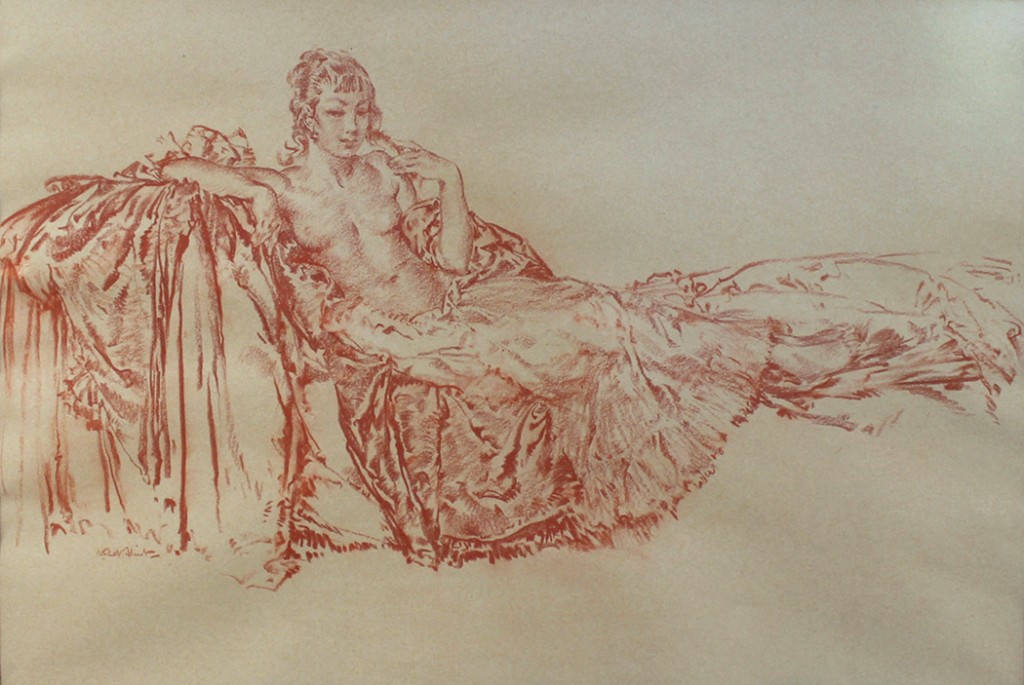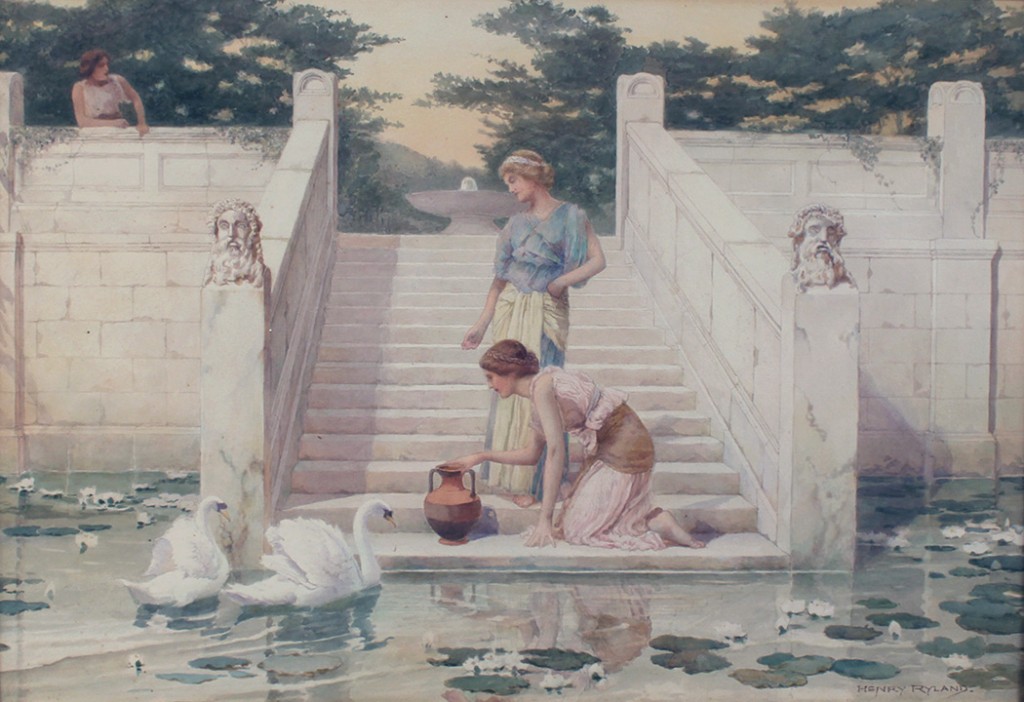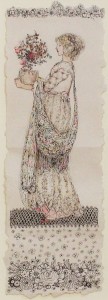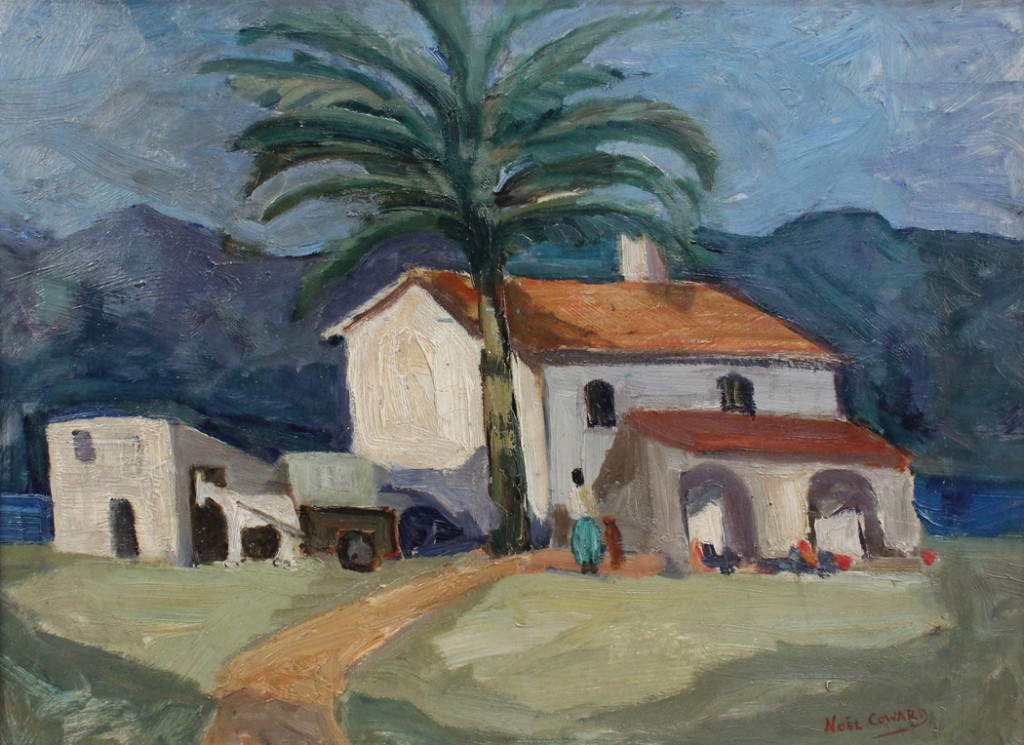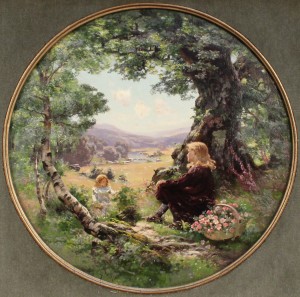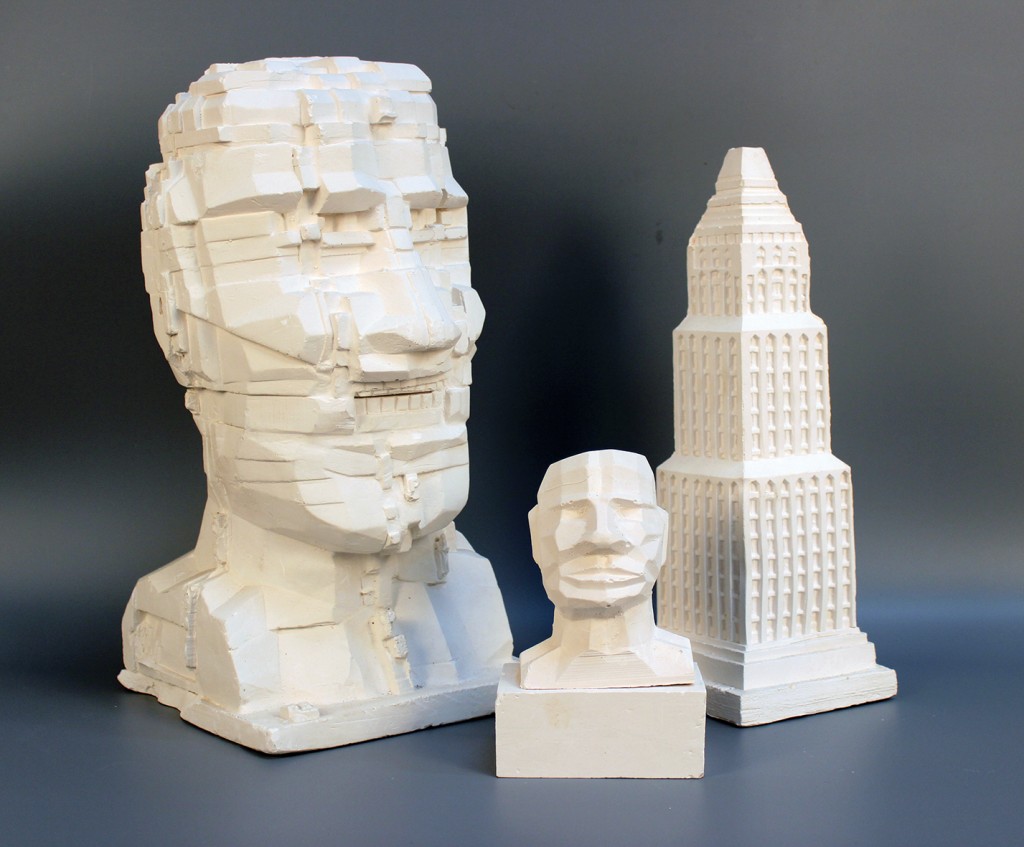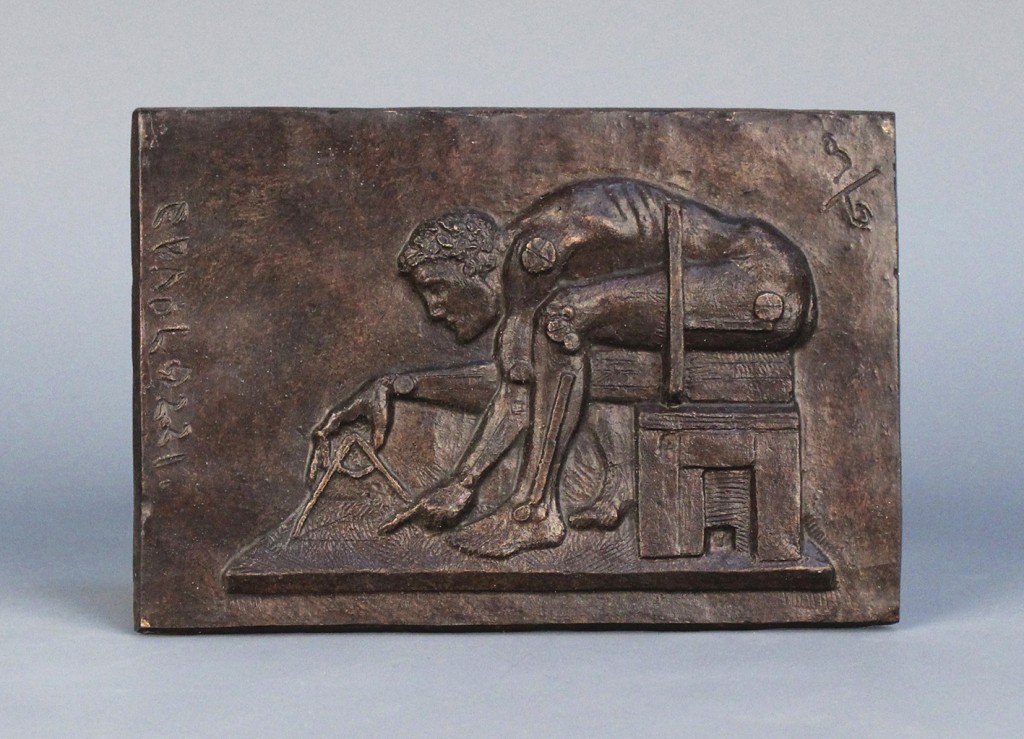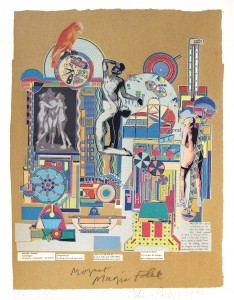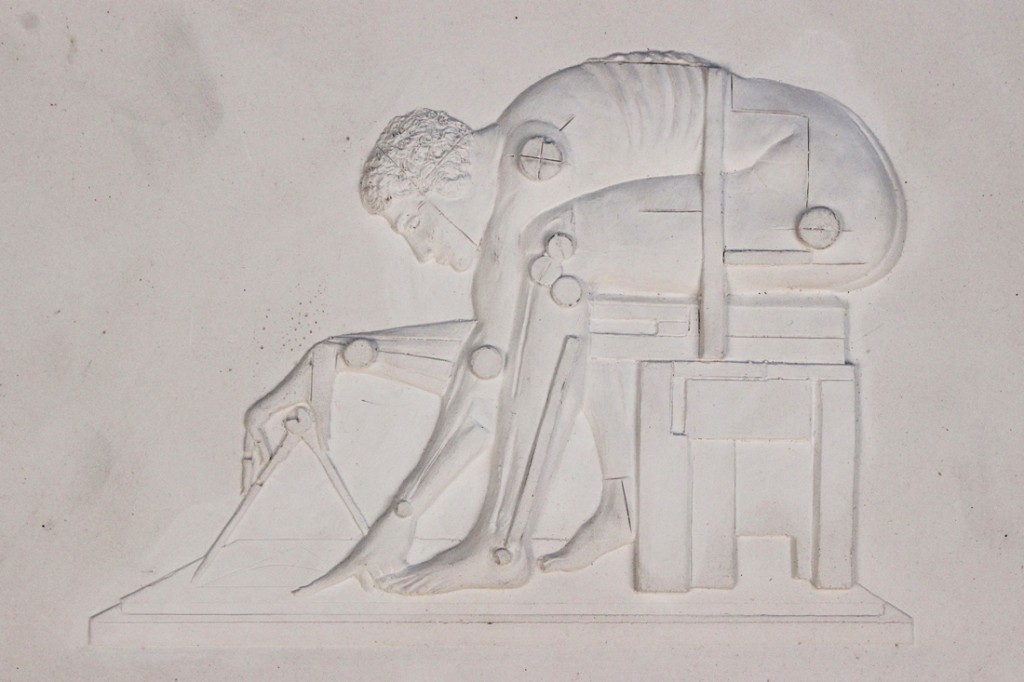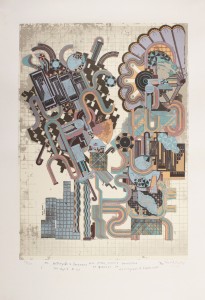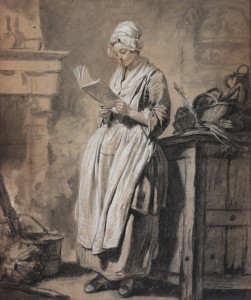
A genre scene picture of a woman standing in an interior reading a book created an electric atmosphere when it was auctioned at Toovey’s for £320,000 on Wednesday 8th October 2014.
“It’s an age-old saying in the auction world that you only need two people to create an extraordinary price. £320,000 for an 18th century French School charcoal and chalk drawing is extraordinary by any measure,” said company director Rupert Toovey.
This unsigned, unattributed drawing, with little family provenance, was entered by a long-standing Toovey’s client from London, who had inherited it as part of her late mother’s estate. It had lain out of sight in a remover’s store in Southsea for more than fifteen years. The client, who said the drawing was always regarded as an insignificant picture by her family, was amazed and delighted with the result.
The result surprised even the experts and vastly exceeded the modest pre-sale estimate. The quality of the picture, however, was not ignored. The picture was illustrated in the auction catalogue and online and actively marketed to collectors and specialist galleries across the globe. On the day, bids rose rapidly from the saleroom floor and live internet bidding. Two leading commercial fine art galleries, one in Paris, the other in London, then locked horns in a bidding battle which resulted in auctioneer Nicholas Toovey’s gavel finally falling at £320,000. “It’s results like this that make our profession so fascinating and exciting!” Mr Toovey exclaimed. “Every piece we auction is marketed on the major collectors’ websites. Our own website, www.tooveys.com, is key to our marketing strategy, bringing almost a quarter-of-a-million potential clients to our salerooms every year.” The fruits of Toovey’s investment in this industry-leading technology is apparent in their ability to reach worldwide collectors’ markets. Rupert Toovey concluded: “In our internet age it is remarkable that so much can still rest on the opinions of a few courageous bidders.”
